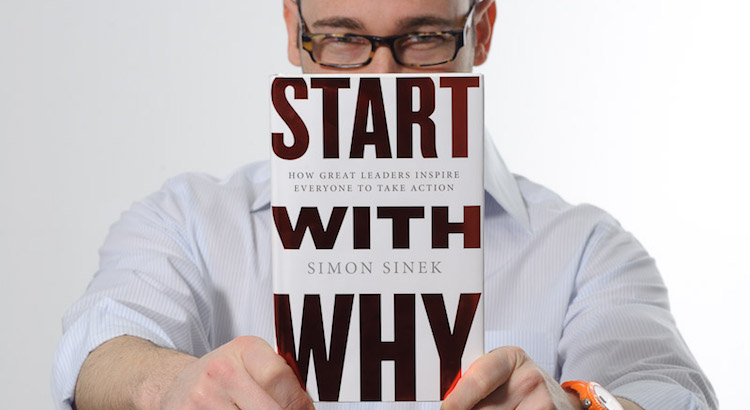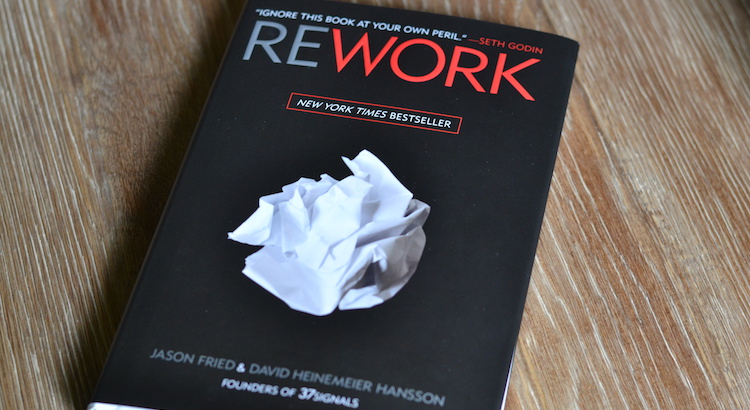Another book read, another book reviewed. But this time I am going give my opinion away right at the start. Start with why is hands down the most inspiring book I’ve read. Interested in leadership, communication or marketing? This is definitely a book for you!
Now I must admit that I am a bit of a Simon Sinek fan. I’ve watched his TED talk, listened to a couple of his presentations and been through a bunch of interviews prior to reading “Start with WHY”. The idea of starting with why resonates with me, and I was convinced already before I started reading. But in the book Simon does a really great job explaining his idea, explaining the reason it is more than a theory (it’s biology) and exemplifying it. The structure, flow and language is top-notch, and makes it easy to follow his chain of thought. I would go as far as saying this is not only the most inspiring book I’ve read, but also the most well written.









